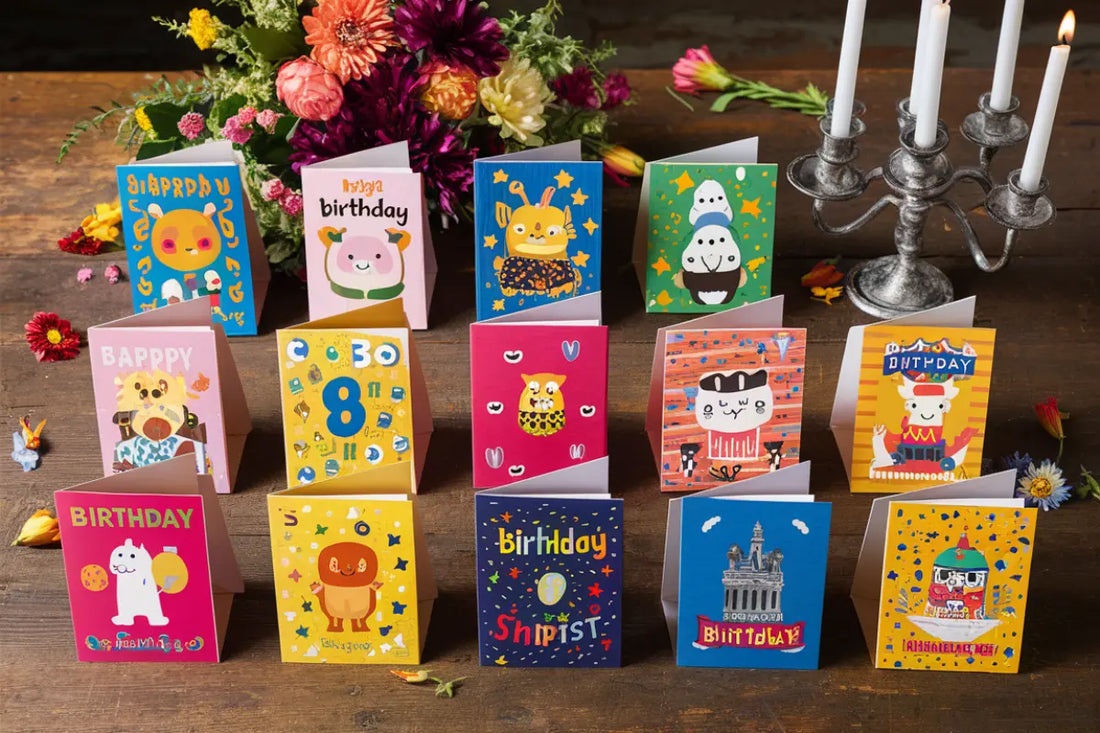Sponsored
Why Do We Celebrate Birthdays? History, Customs, and Modern Trends

Birthdays are universal milestones that mark the passage of time in an individual’s life. They are celebrated with joy, reflection, and often lavish festivities. While it may seem like a modern tradition, the practice of commemorating birthdays has deep historical roots and has evolved significantly over centuries. This article delves into the history, customs, and modern trends surrounding birthday celebrations.
The Historical Origins of Birthday Celebrations
The concept of celebrating birthdays dates back thousands of years to ancient civilizations. The Egyptians were among the first to mark significant dates, celebrating the coronation of pharaohs as their “birth” into divine status. Similarly, ancient Greeks honored lunar goddesses with offerings on birthdays, symbolizing the cyclical nature of life. Romans democratized these celebrations by extending them to common men, though women’s birthdays were not acknowledged until much later. These early traditions laid the groundwork for the global phenomenon we recognize today.
The Role of Religion in Birthday Traditions
Religious beliefs have played a significant role in shaping birthday customs. Pagan cultures viewed birthdays as moments of vulnerability to evil spirits, leading to rituals designed to ward off harm—such as lighting candles. Early Christians initially rejected birthday celebrations due to their pagan associations but eventually embraced them as cultural norms evolved. Today, religious significance persists in certain cultures where birthdays coincide with saints’ feast days or other spiritual milestones.
The Evolution of Birthday Customs
Birthday customs have undergone remarkable transformations over time. In medieval Europe, people celebrated their “name days” based on the feast day of their patron saint rather than their actual birth date. By the 18th century, the rise of the middle class and technological advancements during the Industrial Revolution made personal birthday celebrations more accessible. Traditions like cakes, candles, and singing became widespread during this period, creating the foundation for modern birthday parties.
The Symbolism Behind Cakes and Candles
Birthday cakes and candles are iconic elements of modern celebrations with fascinating origins. Ancient Greeks offered round cakes adorned with candles to Artemis, symbolizing the moon’s glow. In Germany during the 18th century, Kinderfeste introduced children’s birthday parties featuring cakes with candles representing their age plus one for good luck in the coming year. Blowing out candles while making a wish remains a cherished tradition rooted in these early practices.
Gift-Giving: A Timeless Tradition
The tradition of giving gifts on birthdays can be traced back to Roman times when guests brought offerings to honor the birthday individual. Over time, this practice evolved into an expression of love and appreciation rather than obligation. Today, gifts range from personalized items to experiences that create lasting memories. The act of gift-giving underscores the importance of relationships and shared joy during birthday celebrations.

Modern Trends in Birthday Celebrations
In contemporary society, birthday celebrations have become increasingly diverse and personalized. From intimate gatherings to extravagant parties, people celebrate in ways that reflect their unique personalities and cultural backgrounds. Social media has also transformed how birthdays are observed, with virtual wishes and online celebrations becoming commonplace. Additionally, eco-friendly practices like sustainable decorations and charitable donations are gaining popularity as people seek meaningful ways to mark their special day.
Conclusion
Birthdays are more than just annual milestones—they are opportunities to honor life’s journey and strengthen connections with loved ones. From ancient rituals to modern trends, the evolution of birthday celebrations reflects humanity’s enduring desire to commemorate individuality and shared joy. As we continue to celebrate this timeless tradition, let us embrace its deeper meaning: gratitude for life’s blessings and appreciation for those who make our journeys memorable.
Categories
Read More
在眾多的電子煙品牌中,SP2煙彈憑藉其豐富多樣的風味選擇和卓越品質,成為許多台灣用戶的首選。然而,面對琳琅滿目的口味,如何才能找到最適合自己的那一款呢?以下為您提供幾個簡單實用的建議,讓您輕鬆挑選理想的SP2菸彈口味。 1. 逐步嘗試不同口味 初次接觸SP2電子煙煙彈時,不要一次性購買大量同一種口味的煙彈,而是建議從多款熱門風味開始逐步嘗試。這樣不僅能避免浪費,還能更快找到最符合您個人喜好的口味。例如: 從經典的“原味煙草”或“薄荷清涼”入手,感受傳統與現代的完美結合。 嘗試水果系列如“熱帶水果混合”或茶香風味如“蜜桃烏龍”,探索更多元的味覺體驗。 透過不斷嘗試,您將更清楚自己的喜好,進而鎖定最適合的口味。 2. 瞭解自己的味覺偏好...

In today’s data-driven world, the demand for skilled data scientists is skyrocketing. The GSDC’s Certified Data Science Professional program is the perfect path to validate your expertise and accelerate your career in analytics and machine learning. This globally recognized data science certification equips professionals with the core skills required to extract insights, build...



